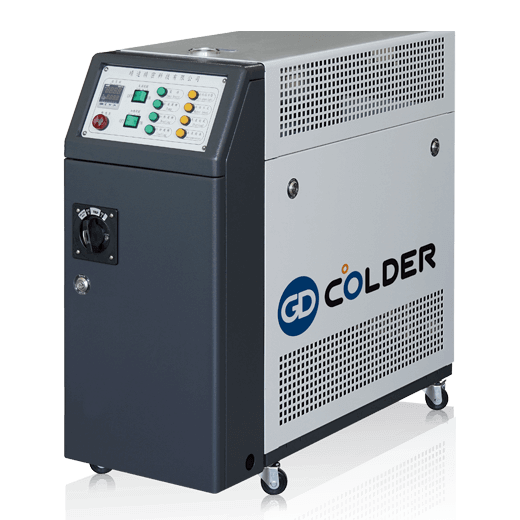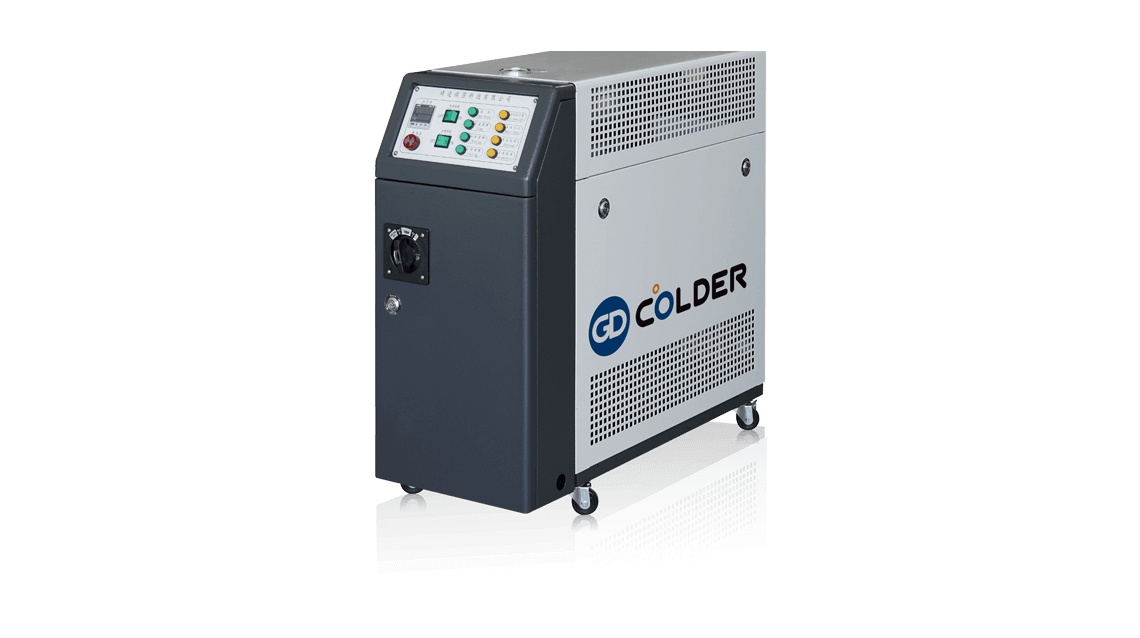
Water-type Mold Temperature Controller
MTW
Simple control panel and various indicators. Full digital P.I.D sectional contorl system to keep stable temperature.
| Temp. Range | 40~160±0.5℃ |
|---|
We Solve the Problem for Extra Heat from the Machine.
A Temperature Control Machine For You
Industrial Solutions For Cooling And Thermoregulation
Temperature Control Machine
Model / Specification
Explore More Solutions
Do You Know what Your solutions are for Cooling and Temperature ?
GD COLDER also provides you professional management of cold and warm temperature control, custom-made service and centralized cooling system.
Contact Now!
Industrial Application


